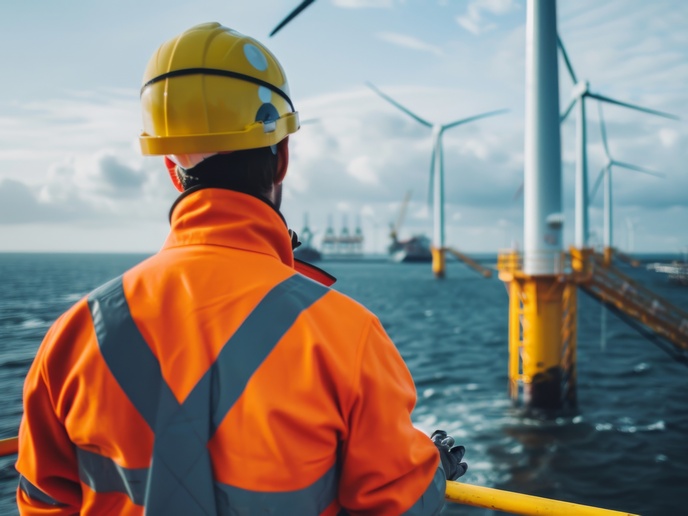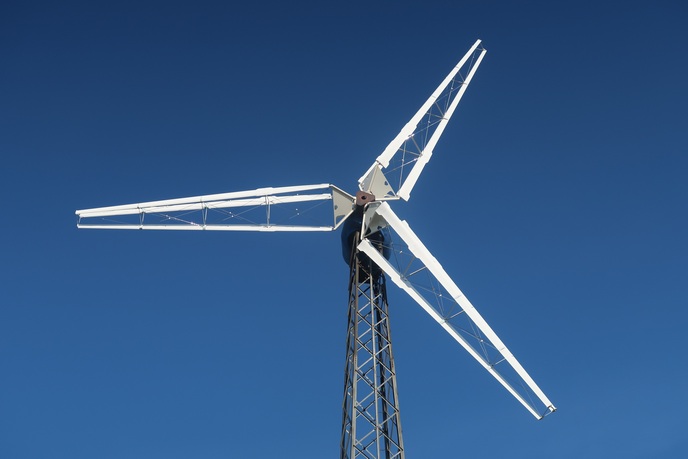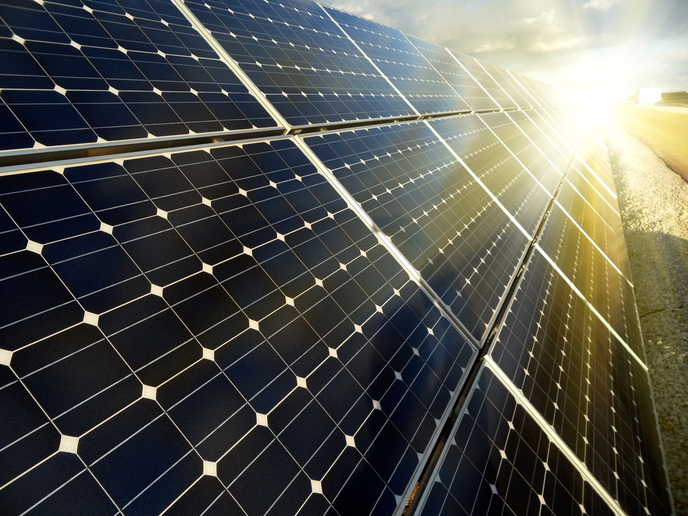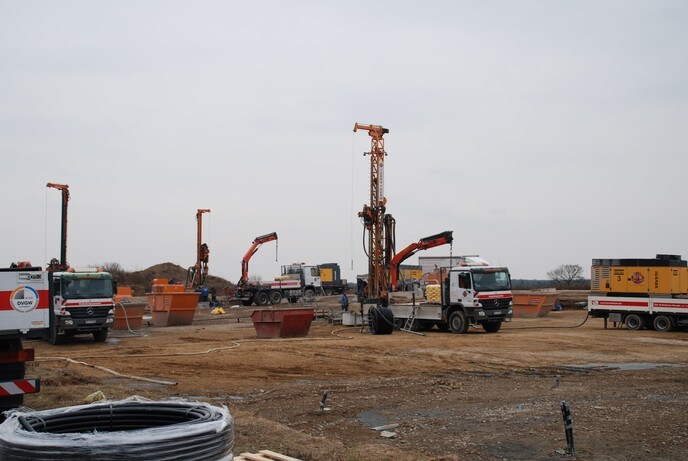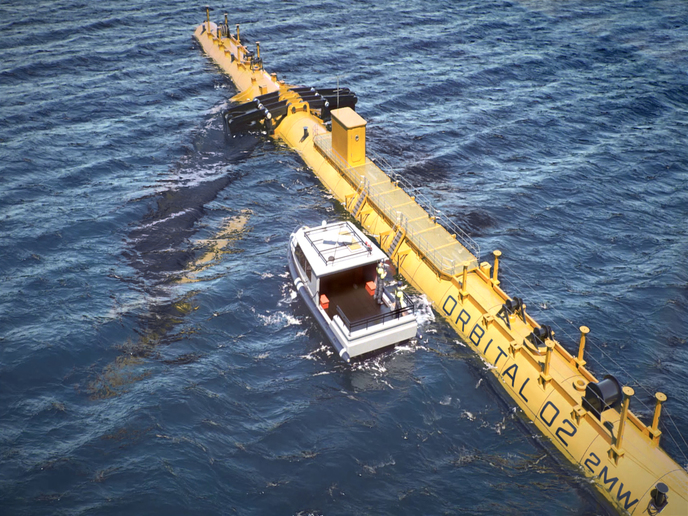Material solutions to boost wind farm sustainability
The offshore wind energy sector needs to become more efficient. One identified area for improvement is operations and maintenance – this alone accounts for around 25 % of offshore wind farm costs. “The durability of materials used in these infrastructures should optimally perform for between 25 and 30 years,” says MAREWIND project coordinator Marta Mateo García de Galdiano from Lurederra in Spain. “Sustainable processes for dealing with wind turbines at the end of their service life are also needed. The amount of waste blade material is expected to increase to 800 000 tonnes a year by 2050.”
Testing anticorrosion and antifouling coatings
MAREWIND set out to address these challenging aspects to increase the competitiveness and sustainability of the sector. For this, specific functional coatings were developed, along with advanced concrete formulations for offshore infrastructure and novel composite materials for blades. “We wanted to not only push the boundaries of functionality, but also prioritise sustainability,” explains Mateo. “We wanted to find ways of increasing the durability and anticorrosion capabilities of metallic materials in splash areas, and increase the durability of non-metallic materials in structural components.” Real-life exposure tests of new anticorrosion coatings were carried out at several locations across Europe. Treated parts of the infrastructure showed no signs of corrosion, underlining the effectiveness of the solution for future applications. “We tested our antifouling coating by submerging samples in the sea,” says Mateo. “These tests demonstrated enhanced performance when compared to commercial alternatives, after seven months of exposure.” The tests included not only visual inspection, but also biofouling monitoring by calculating the mass and surface concentration of chlorophyll.
Advanced concrete formulations and novel composites
The project also successfully tested advanced concrete formulations and novel composites at sea. “Concrete based on alkali-activated materials demonstrated durability, excellent flow capacity for moulding, and strong resistance to freeze-thaw cycles,” notes Mateo. Ultra high-performance concrete meanwhile was shown to outperform current commercial options, offering a durable, lightweight and more sustainable solution for floating structures. “We were also able to show that these materials have strong potential in terms of maintenance and repair applications,” adds Mateo. “Their durability and resilience can extend the lifespan of structures in demanding environments.” Finally, the project produced a 13-metre blade using a composite of recyclable resin, which was mechanically tested. Key improvements include the embedding of fibre optic sensors in the blades and concrete structures. External blade inspections were also conducted with advanced drones, providing a comprehensive view of structural condition.
Integration into offshore windmill structures
In addition to benefiting offshore windmill structures, the technologies pioneered in this project could also be applied in other fields. These include onshore windmill structures, other offshore structures such as oil and gas, and even aviation in the case of composites and coatings. Other possibilities could be civil energy infrastructures and the automotive sector. “We will now carry out a business and commercial strategy that includes specific definitions of markets and standardisation,” adds Mateo. “Looking ahead, we are optimistic that the project’s results will be successfully integrated into offshore windmill structures. This will help to reduce costs and enhance resource management, while advancing the broader goals of renewable energy development.”
Keywords
MAREWIND, wind farms, anticorrosion, antifouling, drones, energy, turbines



